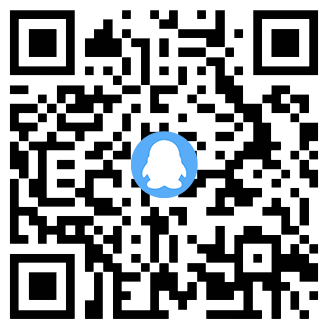QQ扫一扫联系

The Application of Regular Expressions in Color Code and Image URL Extraction
Introduction: Color codes and image URLs are essential elements in web development and design. Regular expressions (regex) provide powerful tools for extracting and manipulating color codes and image URLs. In this article, we will explore various techniques for using regular expressions to extract color codes and image URLs efficiently. By leveraging the capabilities of regex, you can automate tasks, extract valuable information, and enhance your web development workflow.
Understanding Color Codes: We'll begin by discussing the different types of color codes commonly used in web development, such as hexadecimal (hex) codes, RGB values, and named colors. We'll explore the structure and representation of color codes and their significance in defining colors on webpages. Understanding these fundamentals will lay the foundation for using regular expressions effectively in color code extraction.
Extracting Color Codes: Regular expressions can help extract color codes from various sources, such as CSS files, HTML markup, or text documents. We'll discuss techniques for constructing regex patterns that capture color codes in different formats and contexts. We'll explore the use of capturing groups, character classes, and quantifiers to extract color codes accurately.
Validating Color Codes: Regex can be used to validate whether a given string is a valid color code. We'll demonstrate techniques for creating regex patterns that match valid color codes based on specific formats, such as hex codes or RGB values. We'll discuss the use of anchors, character classes, and quantifiers to define strict validation rules and handle different color code variations.
Manipulating Color Codes: Regular expressions enable advanced manipulation of color codes, such as converting between different formats or adjusting color values. We'll discuss techniques for using regex patterns and replacement patterns to modify color codes. We'll explore examples such as converting hex codes to RGB values, adjusting brightness or saturation, or generating color variations programmatically.
Extracting Image URLs: Regular expressions can also assist in extracting image URLs from HTML markup, CSS files, or text documents. We'll discuss techniques for constructing regex patterns that capture image URLs with different file extensions, paths, or query parameters. We'll explore the use of capturing groups and lookaheads to extract image URLs effectively.
Validating Image URLs: Regex can be used to validate whether a given string is a valid image URL. We'll demonstrate techniques for creating regex patterns that match valid image URLs based on specific criteria, such as file extensions or supported image formats. We'll discuss the use of anchors, character classes, and quantifiers to define strict validation rules for image URLs.
Working with Image URL Parameters: Regular expressions can help extract and manipulate parameters within image URLs, such as width, height, or image transformations. We'll discuss techniques for creating regex patterns that capture specific parameters and their values. We'll explore examples such as extracting image dimensions, replacing or modifying parameter values, or generating image URLs dynamically.
Testing and Error Handling: Thorough testing and error handling are essential when using regular expressions for color code and image URL extraction. We'll discuss strategies for creating representative test datasets and evaluating the accuracy and reliability of your regex patterns. We'll also cover techniques for handling edge cases and potential errors that may arise during extraction and manipulation operations.
Performance Optimization: Efficient processing of large datasets requires optimizing regex-based operations. We'll provide tips for optimizing regex patterns, such as using efficient quantifiers, lazy matching, or compiled regex objects. Additionally, we'll discuss the importance of benchmarking and profiling your regex patterns to identify potential performance bottlenecks.
Conclusion: Regular expressions offer powerful capabilities for extracting and manipulating color codes and image URLs. By leveraging the techniques and best practices outlined in this article, you'll be equipped to automate tasks, extract valuable information, and enhance your web development workflow. Regular expressions empower web developers, designers, and automation enthusiasts to streamline their processes and create visually appealing and dynamic web experiences.